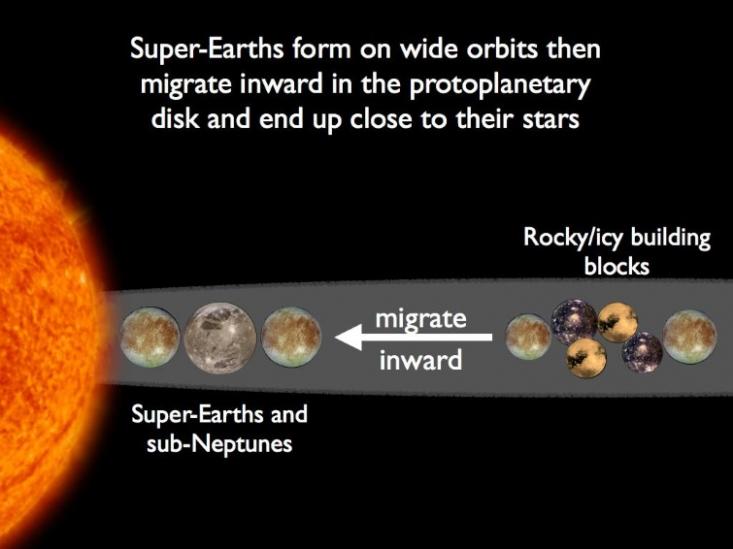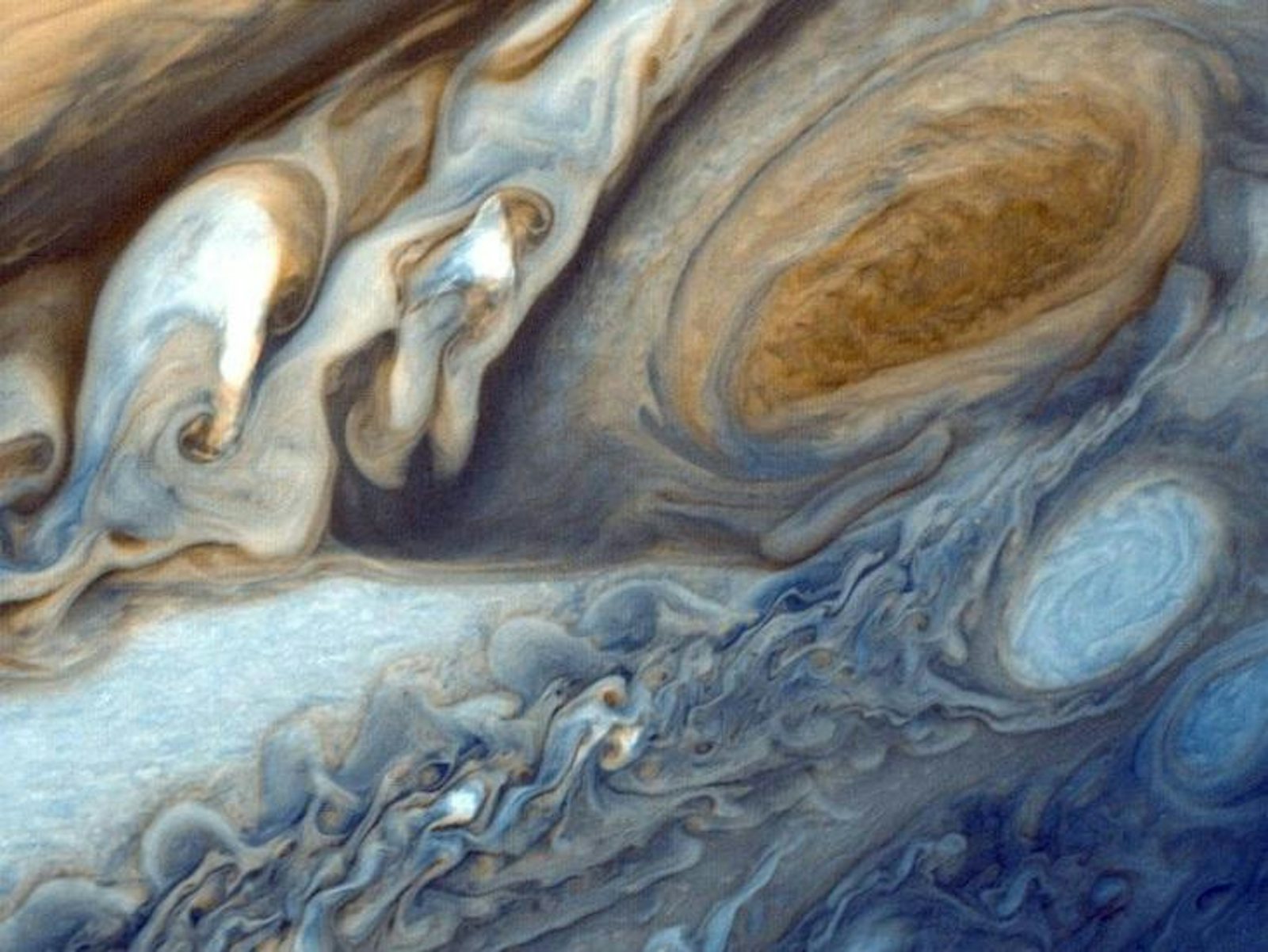
You are special, just like your parents used to tell you. You are a rare flower, a unique snowflake. Just like everyone else.
How about our solar system? Is it special? Earth used to be at the center of the Universe. Then along came Copernicus to put us in our place. Now we know that Earth orbits a more or less average star in a more or less average galaxy in a more or less average region of the Universe. So much for feeling special… (See previous Nautilus stories about potential limits of the Copernican principle, how we can redefine the Copernican revolution, and why leaving the center of the Universe might have been a step up.)
But wait! Earth is special. Earth is a living planet, the only planet in the whole Universe that we are certain harbors life. And we are special simply because we are alive. That is nothing to shake a comet at!
In the last 20 years, our knowledge of planets around other stars—what we call extrasolar planets or exoplanets—has undergone a revolution. For the first time in human history, we are in a position to address the question of how common or unusual the solar system is. Our current telescopes can efficiently detect planets orbiting very close to their stars but not planets farther out, so the comparisons we can make include systems with planets close to their stars, roughly within the orbits of Mercury or Venus—not quite as far out as Earth.
The verdict is in: We do live in an unusual planetary system (even besides the articles written upon the third planet)! One weird aspect feature of the solar system is Jupiter, a gaseous beast of a planet 318 times more massive and 11 times larger than Earth. Most planetary systems don’t have a gas giant like ours; only about 15 percent of planetary systems appear to. And Jupiter matters. In fact, Jupiter is the hero of this story.
Another notable aspect of our solar system is what is missing. At least a third—and perhaps more than a half—of all stars like the Sun host a planet close to their star (closer than Mercury is to the Sun). Most of these planets are a little larger than Earth, typically between Earth and Neptune in size. Some are rocky super-Earths and some are gas-dominated sub-Neptunes. The question becomes, why are there no super-Earths or sub-Neptunes orbiting close to the Sun?
To answer that question, it would help to know how all these super-Earths and sub-Neptunes got so close to their stars. And why are they so common? There is some debate, but one leading model proposes that they did not form so close to their stars. Rather, they formed on much wider orbits, way out past Earth. Gravitational interactions with their nascent protoplanetary disks shrank their orbits and pushed the planets closer to their stars. This process is called orbital migration. In essence, super-Earths and sub-Neptunes may be inward-migrating invaders from the outer parts of their planetary systems. These planets conquered the inner regions of their systems, which is where our telescopes can efficiently find planets.

If super-Earths are invaders, then Jupiter is our guardian protector. We think that Jupiter started off as a rocky or icy planet a few times more massive than Earth. It was able to gravitationally attract a huge amount of gas from the disk and become a giant. Another way to think of this is that Jupiter may have started out as a migrating super-Earth, but when it became a gas giant it slowed down. It had enough gravity to carve a ring-shaped gap in the protoplanetary disk, which slowed its migration. From that point on, any super-Earths trying to invade the inner solar system had to migrate past Jupiter. But Jupiter’s huge gravity—and the gap that it carved in the protoplanetary disk—acted as a migration barrier, protecting the slower-growing rocky planets. In this sense, Uranus and Neptune—and even Saturn’s core—represent would-be invaders that were held back by Jupiter, our gas-giant bodyguard.
We can use the growing sample of extrasolar planetary systems to test this idea. Gas giant planets on Jupiter-like orbits should be anti-correlated with systems of hot super-Earths or mini-Neptunes. Seems pretty simple, right? Well, life and science are more complicated than we would like. We can’t quite test this yet. One reason is that the stars where hot super-Earths have been found are not the same ones where Jupiters can easily be found. Plus, in the model, super-Earths do occasionally “jump” past Jupiter, so a large sample of planets is needed to make a statistical comparison. We should know the answer in the next few years.

Still, it’s a cool idea, at the forefront of exoplanet science. Maybe Jupiter is the reason why our solar system is special. Without Jupiter, the inner solar system may have been overrun by migrating super-Earths, like Genghis Khan sweeping across Eurasia. If that happened, Earth would probably be covered in thousand-mile-deep oceans. And then where would we put our telescopes?
Sean Raymond is an astronomer studying the formation and evolution of planetary systems. He also blogs at planetplanet.net.


























